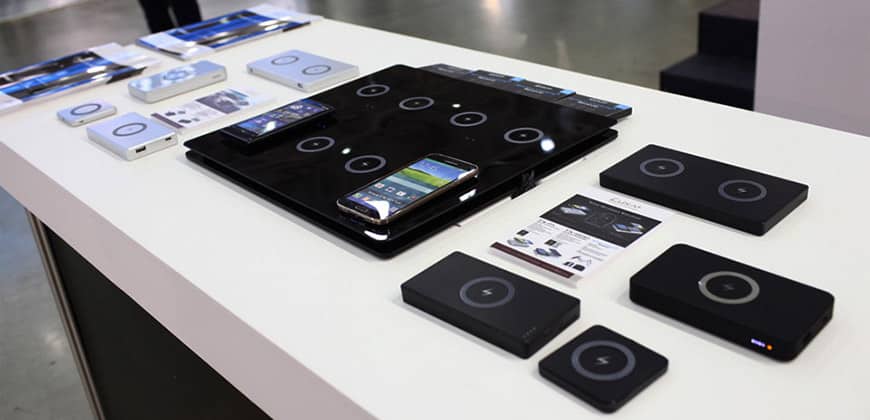
The Future Unplugged: Exploring Wireless Power Transfer Technology
Wireless power transfer technology, a concept that once seemed like science fiction, has become a reality in recent years. Its origins trace back to the pioneering work of Nikola Tesla in the late 19th century, who first experimented with transferring power without wires. However, it was not until the 21st century that this technology began to find practical applications, thanks to advancements in electromagnetic theory and materials science.
Today, wireless power transfer is seen as a game-changing technology, offering the promise of a world free from the clutter of cables and the limitations of battery life.
Understanding the Mechanics of Wireless Power Transfer
At its core, wireless power transfer operates on the principle of electromagnetic induction or magnetic resonance. These methods involve generating an electromagnetic field by one device, which is then captured and converted back into electric power by a receiver embedded in another device.
This technology has been refined to allow for greater distances between the transmitter and receiver, making it more practical for a range of applications. Innovations in efficiency and safety have also made wireless power transfer a viable alternative to traditional wired methods.
Current Applications of Wireless Power Technology
Wireless power transfer has found a variety of applications in today’s world. One of the most visible uses is in the charging of electronic devices like smartphones and electric toothbrushes. This technology is also being applied in medical devices, where it can power implants without the need for wires penetrating the skin.
Further, it’s being explored in industrial settings for powering machinery and in automotive industries for charging electric vehicles. The integration of wireless power systems in public infrastructure and homes is beginning to change how we interact with our electronic devices.
Prospects for Future Utilization
The potential future applications of wireless power transfer technology are vast. One area of significant interest is in public transportation systems, where buses and trains could be charged wirelessly at stations, reducing downtime. There’s also potential for powering drones and even satellite technology through wireless means, eliminating the reliance on battery power.
Another exciting prospect is in the integration of wireless power transfer into smart cities, where streetlights, traffic signals, and public displays could be powered without the need for extensive cabling, leading to cleaner and more efficient urban spaces.

Comparative Efficiency: Wireless vs Wired Power
When it comes to efficiency, wireless power transfer technology has made significant strides but still faces challenges in matching the efficiency levels of wired connections. Current wireless systems have improved in minimizing energy loss during transfer, making them more competitive with traditional methods.
However, the convenience and safety offered by wireless systems often outweigh the slight drop in efficiency, especially in applications where wiring is impractical or hazardous.
Evaluating the Impact of Wireless Power Transfer
In conclusion, wireless power transfer technology is rapidly reshaping how we use and interact with electrical devices. Its evolution signifies a step towards a more convenient and flexible use of power, challenging the traditional dependency on wired connections and batteries.
As this technology continues to advance, it holds the promise of transforming our daily lives, offering a glimpse into a future where power is available as seamlessly and ubiquitously as wireless internet today.
